In 2010 an exhibition at The Royal Academy London called "Pioneering Painters: The Glasgow Boys 1880-1900" proved a resounding hit with the public. As a result, a permanent gallery devoted to The Glasgow Boys has now been set up at Kelvingrove Art Gallery in Glasgow.
The Glasgow Boys (also known as the Glasgow School) rejected the traditional, conservative art of the dominant Edinburgh artistic elite in favour of the realist works of French artists such as Millais and Bastien-Lepage. They also admired the American painter, James McNeil Whistler.
The artists featured in this article represent the nucleus of the Glasgow Boys but there were other artists who drifted through the Group and who also influenced them.


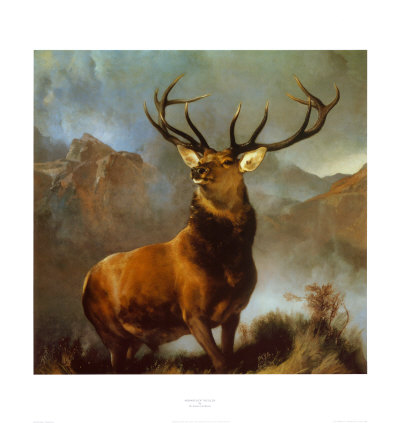
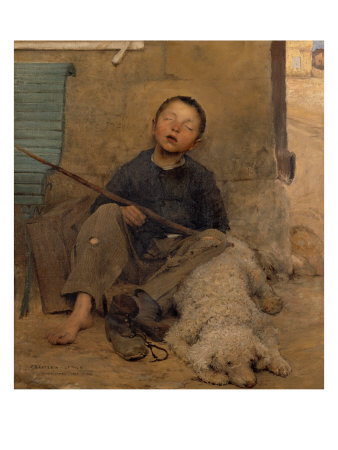
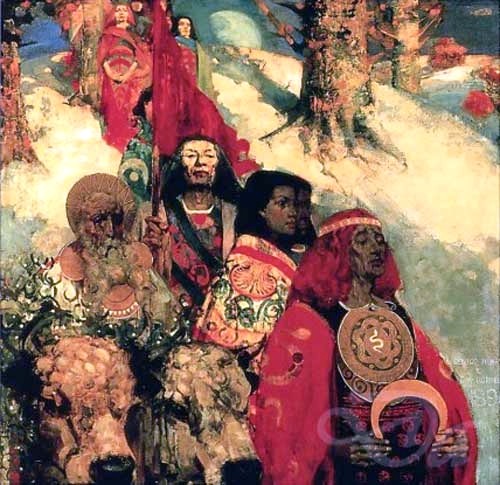
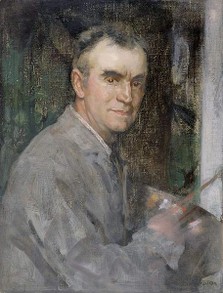
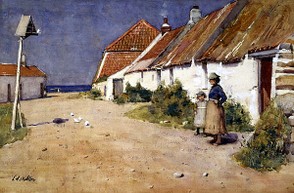
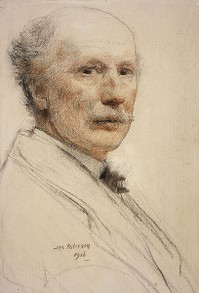
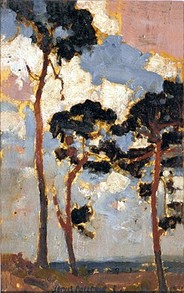
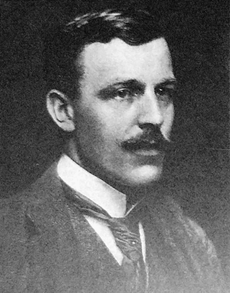
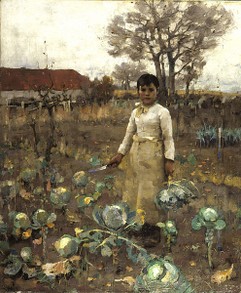
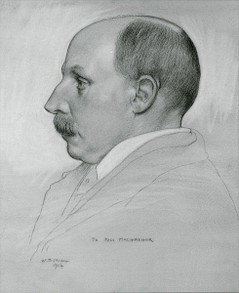
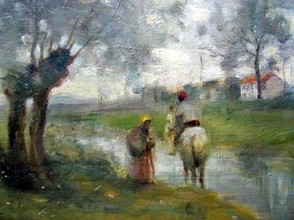
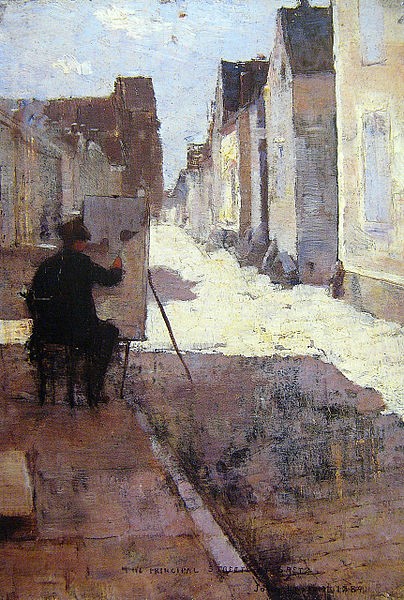
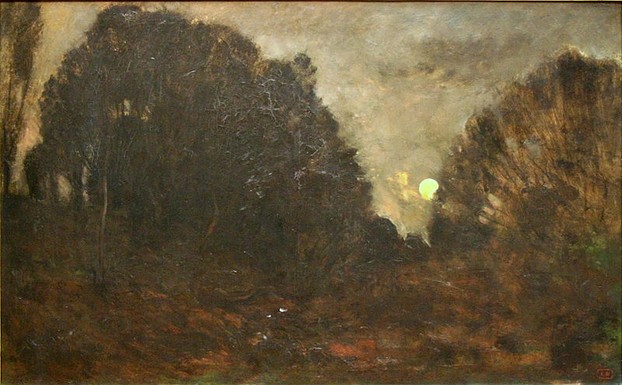
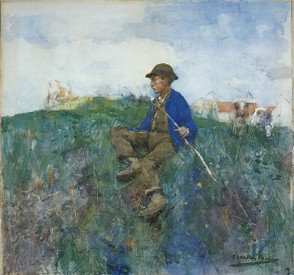
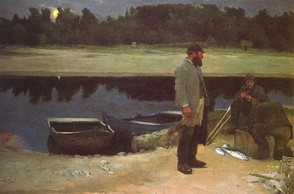
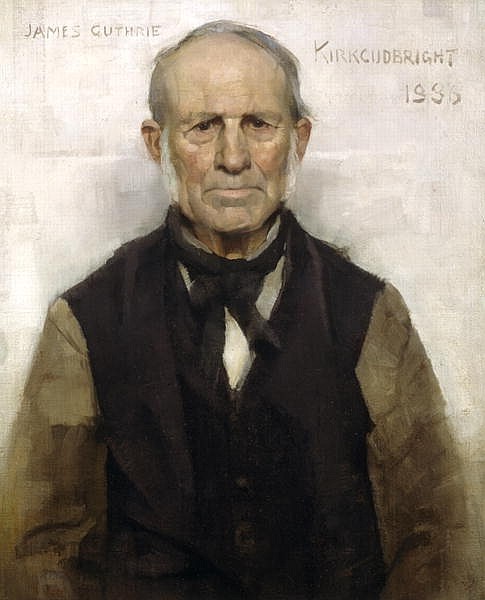



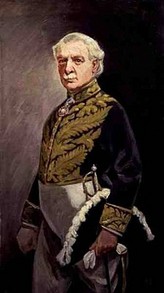
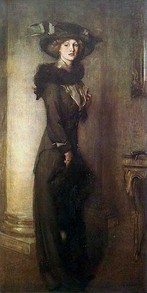
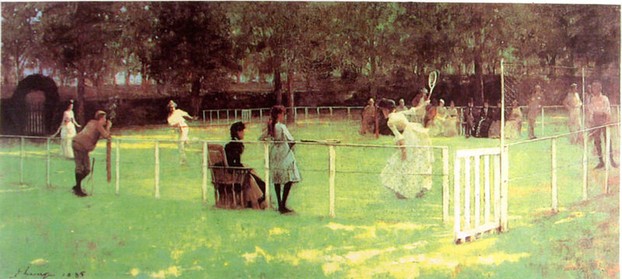
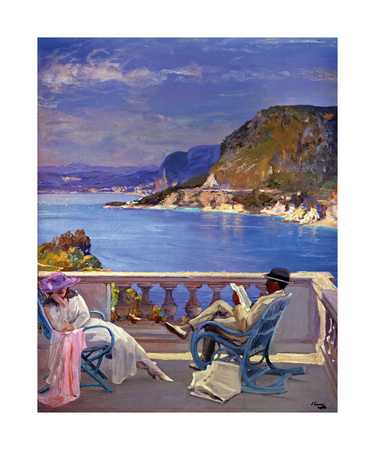
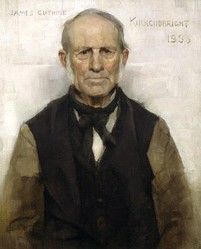

 How to Choose a Walking Cane or Stickon 08/01/2014
How to Choose a Walking Cane or Stickon 08/01/2014
 Michael Miller Fabulous Fabric Swatches for Quilting, Crafts etcon 07/02/2014
Michael Miller Fabulous Fabric Swatches for Quilting, Crafts etcon 07/02/2014
 The Drama of Life in the Rock Poolon 06/08/2014
The Drama of Life in the Rock Poolon 06/08/2014
 The Flâneur - Symbol of Modernity in 19th Century Parison 05/09/2014
The Flâneur - Symbol of Modernity in 19th Century Parison 05/09/2014

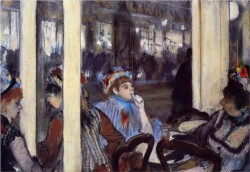
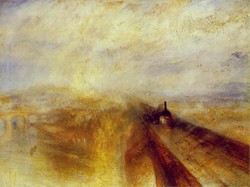
Comments
Thank you very much 2uesday. Yes, I agree, he is one of the top favourites!
Hello Peggy. Yes, the original exhibition held at the Royal Academy was a huge success - so after that the Kelvingrove Gallery in Glasgow realised how much the public loved the Glasgow Boys and created the new space specially for the paintings. I haven't been there myself, although I did see the exhibition at the RA and it was great! Thanks for your post.
What wonderful artwork. This would be a great exhibit to see.